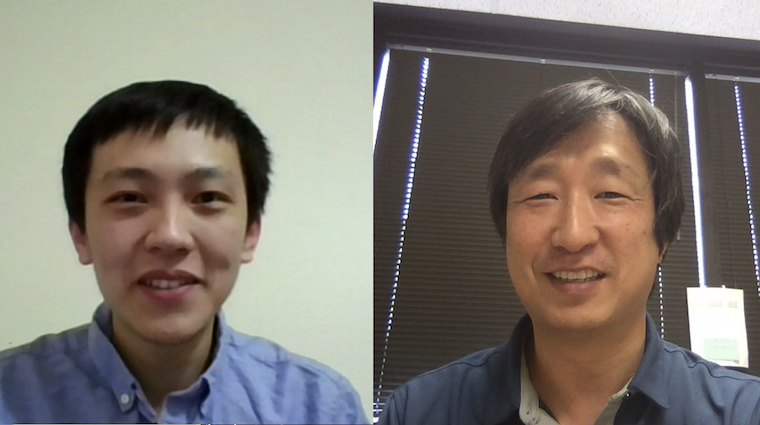Two of our neuroscience researchers have made a surprising discovery about how people, and other mammals, have such extraordinary hearing sensitivity.
Sihan Li, a graduate student, and Jung-Bum Shin, PhD, identified a particular protein that is responsible for maintaining the necessary tension in the “mechanoreceptors” in the hair cells in the inner ear. This tension is vital in how we detect sound — much like how a taut fishing line tells us there’s a fish nibbling at the hook.
A research team led by Li and Shin found that this vital tension is maintained by a protein called Myosin-VIIa. And, it turns out, there’s more than one Myosin-VIIa. The researchers found there are several subtle variations, and all play important roles. Problems with these protein “isoforms” lead to hearing loss, the researchers determined.
“Our sense of hearing is incredibly sensitive, and our study identified a very important component in the underlying mechanism,” Shin said. “Furthermore, we showed that the molecular machinery that enables hearing is much more complicated than we thought, with each protein having multiple sister forms that have distinct functions.”
This is important information as we seek to prevent hearing loss. But it’s especially important for our understanding of a genetic disorder known as Usher syndrome type 1. Children with the syndrome typically are born deaf and then suffer progressive vision loss. The new discovery helps us better understand that devastating disease.
